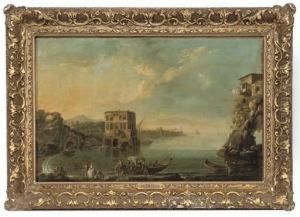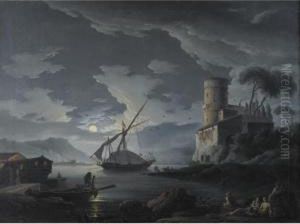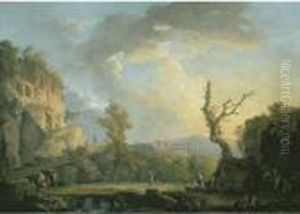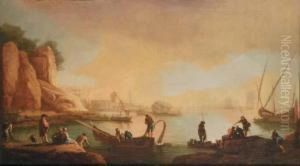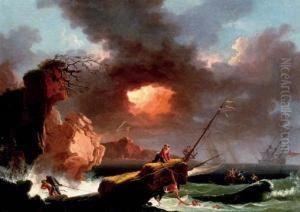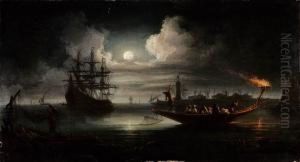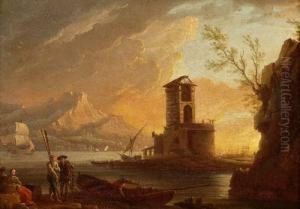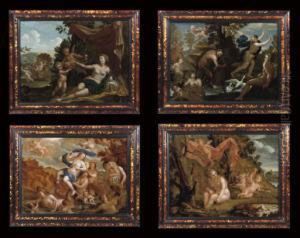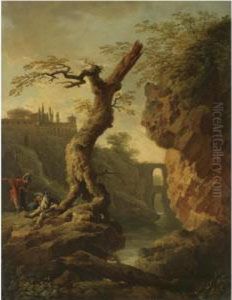Carlo Bonavia Paintings
Carlo Bonavia was an Italian painter known for his landscape paintings and particularly for his seascapes and views of the Bay of Naples. Very little is known about his early life, including the date and place of his birth, which remains a subject of speculation among art historians. His works, however, suggest that he was active in Naples during the mid-to-late 18th century.
Bonavia's paintings are characterized by their dramatic lighting and atmospheric effects, which he used to capture the dynamic qualities of the natural world. He was influenced by the work of other Neapolitan artists, such as Salvator Rosa and Leonardo Coccorante, but also drew inspiration from the Dutch seascaping tradition. Bonavia's seascapes often included ships and figures to add a narrative element to his compositions.
Despite the high quality of his work, Carlo Bonavia did not achieve the same level of fame as some of his contemporaries. It is believed that he worked primarily for private patrons rather than for public or ecclesiastical commissions, which may have contributed to his relative obscurity.
One of Bonavia's most notable contributions to art history is his influence on later artists, including Jacob Philipp Hackert, who was a prominent German landscape painter of the 18th century. Bonavia's approach to landscape painting, with its emphasis on naturalistic detail and atmospheric perspective, represented a significant development in the genre and would influence the evolution of landscape art in Europe.
Although the exact details of his life and career remain somewhat elusive, Carlo Bonavia's surviving works continue to be admired for their beauty and technical skill. His paintings can be found in various museums and collections, where they are treasured as examples of 18th-century Italian landscape painting. Bonavia's death is believed to have occurred around 1788, but like many aspects of his life, the exact circumstances of his passing are not well documented.
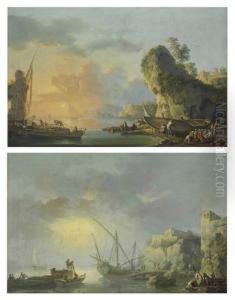
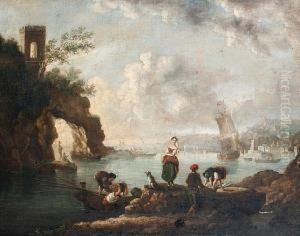
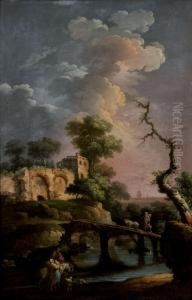
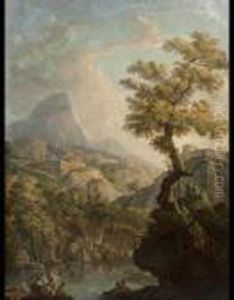
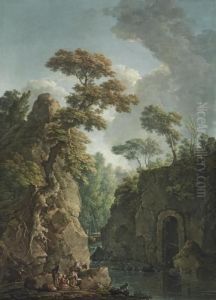
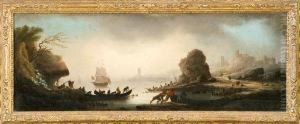
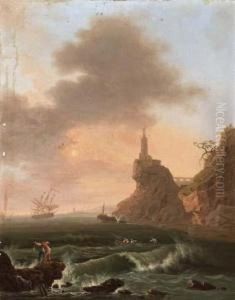
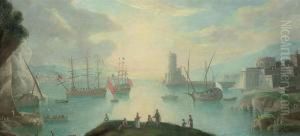
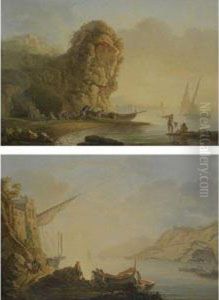
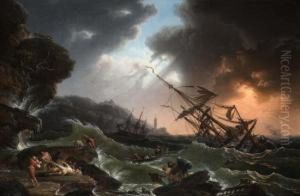
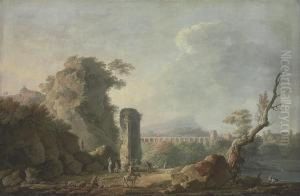
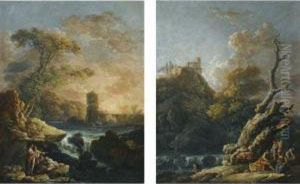
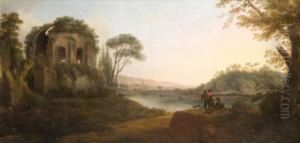
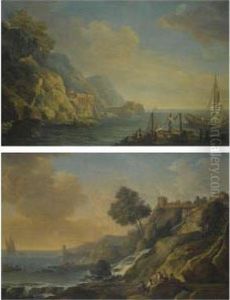
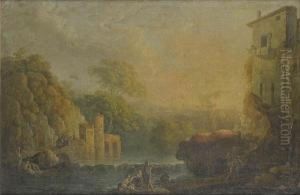
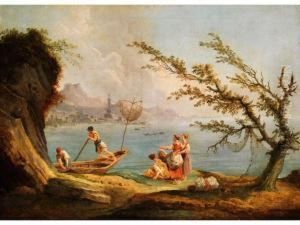
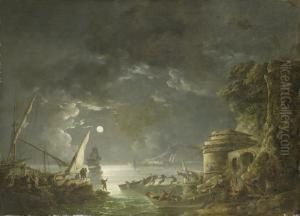
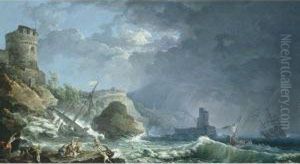
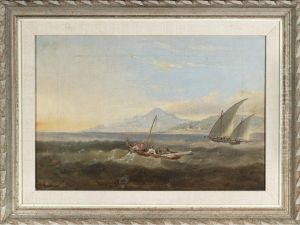
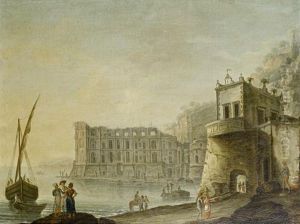
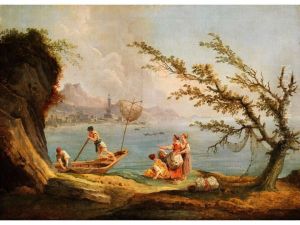
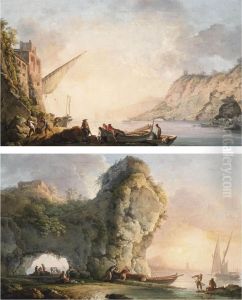
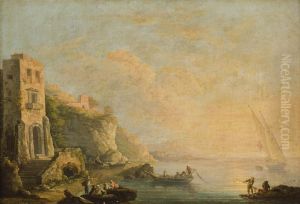
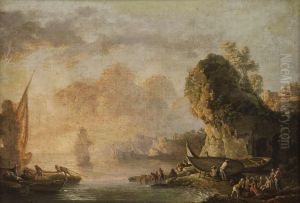
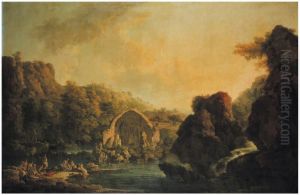
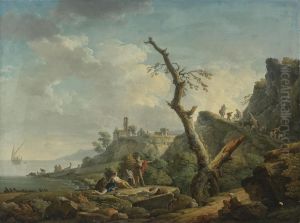
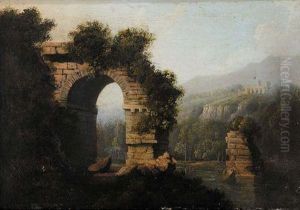
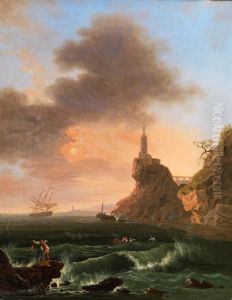
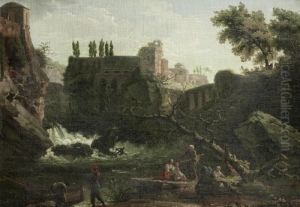
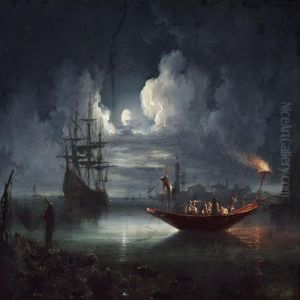
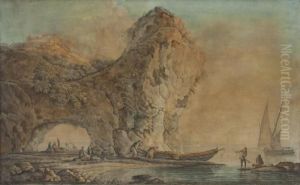
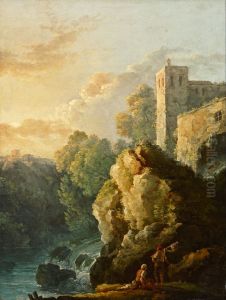
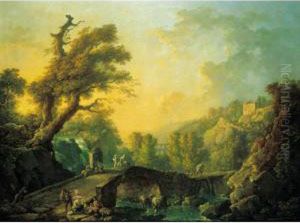

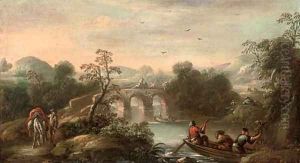
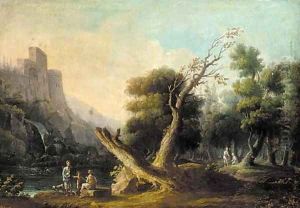
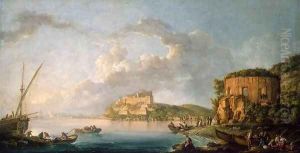
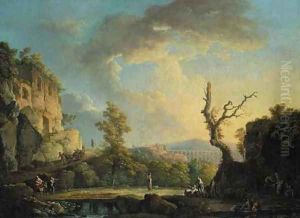
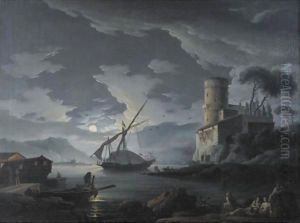
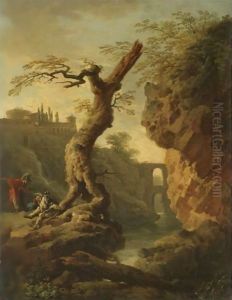
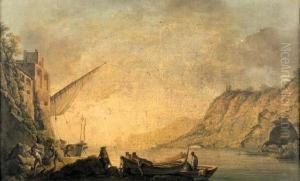
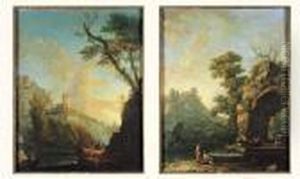
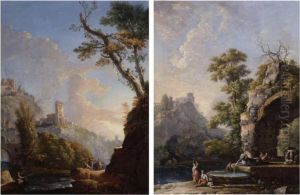
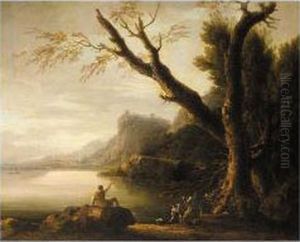
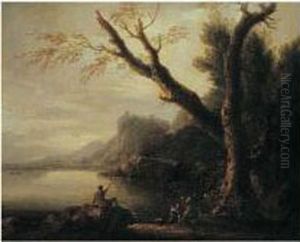
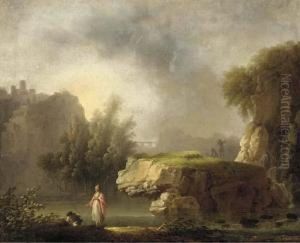
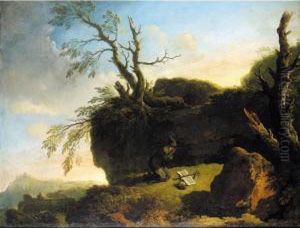
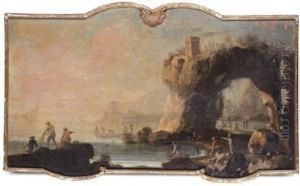
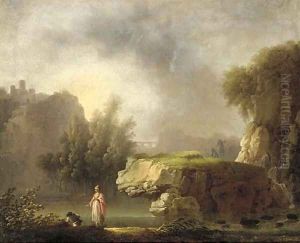
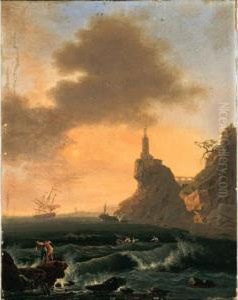
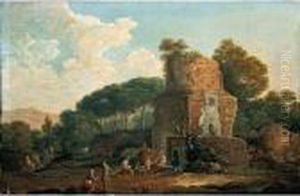
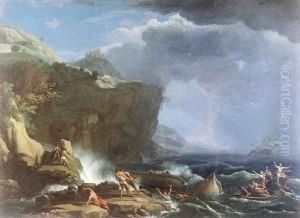
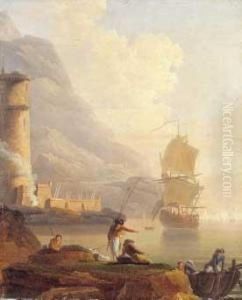
![Un Paysage Mediteraneen Avec Des
Personages En Avant Plan [circle Of Carlo Bonavia; A Mediteranean
Lanscape With Figures In The Foreground; Oil On Canvas.]](https://www.niceartgallery.com/imgs/1189737/s/carlo-bonavia-un-paysage-mediteraneen-avec-des-personages-en-avant-plan-circle-of-carlo-bonavia-a-mediteranean-lanscape-with-figures-in-the-foreground-oil-on-canvas-1cbef64c.jpg)
